In the huge variety of species of Corydoras, four species stand out in particular due to their bright orange pectoral and dorsal fin spines: Corydoras sterbai, the associated long-snouted C. haraldschultzi, C. gossei and its long-snouted counterpart C. seussi. We aquarists are naturally delighted by this sight, but we should not forget that these are warning colors. A sting from such an armored catfish spine is a very painful experience that can give you “pleasure” for days.
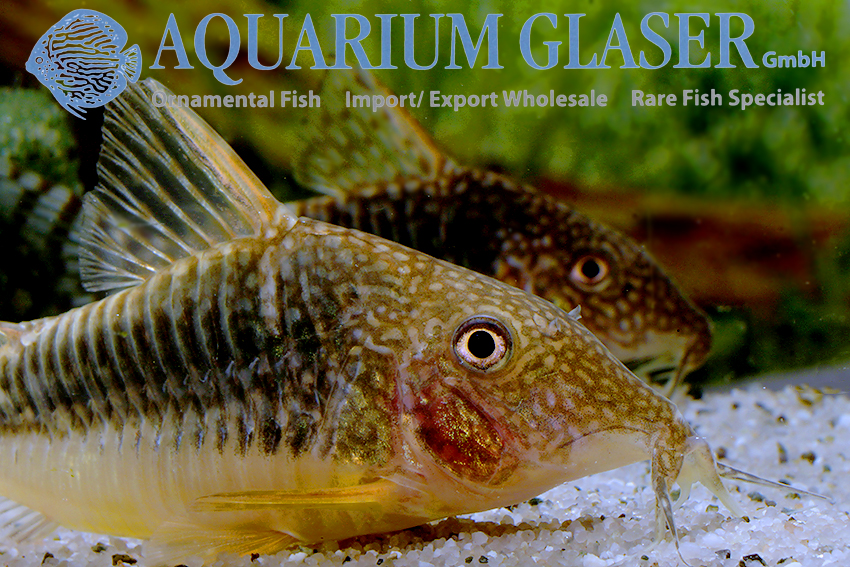
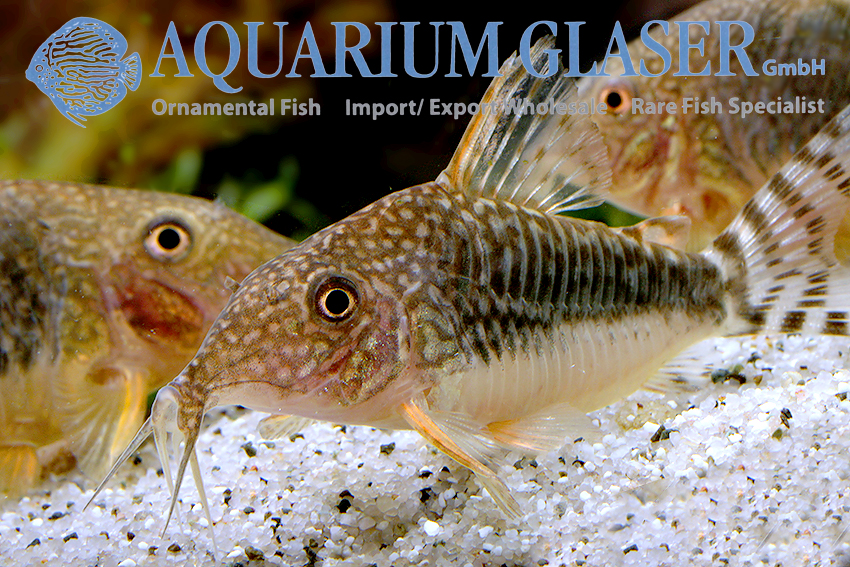
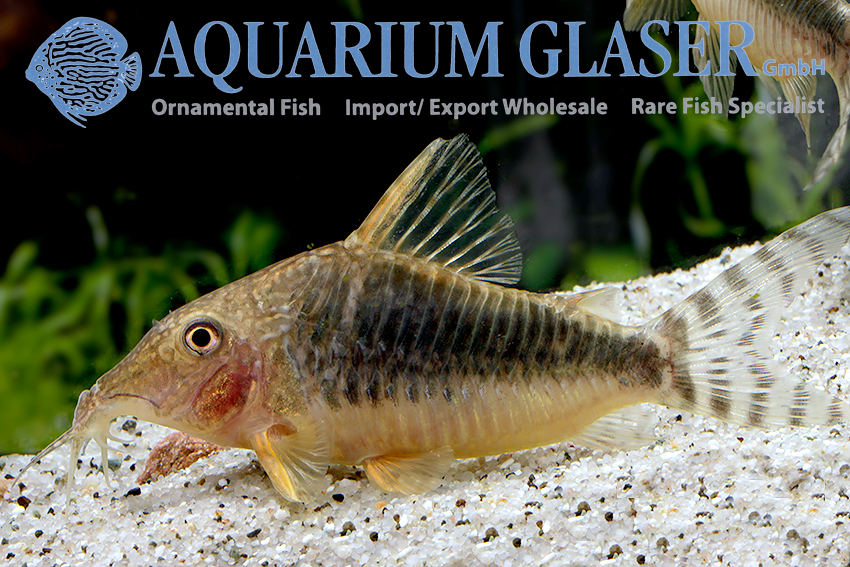
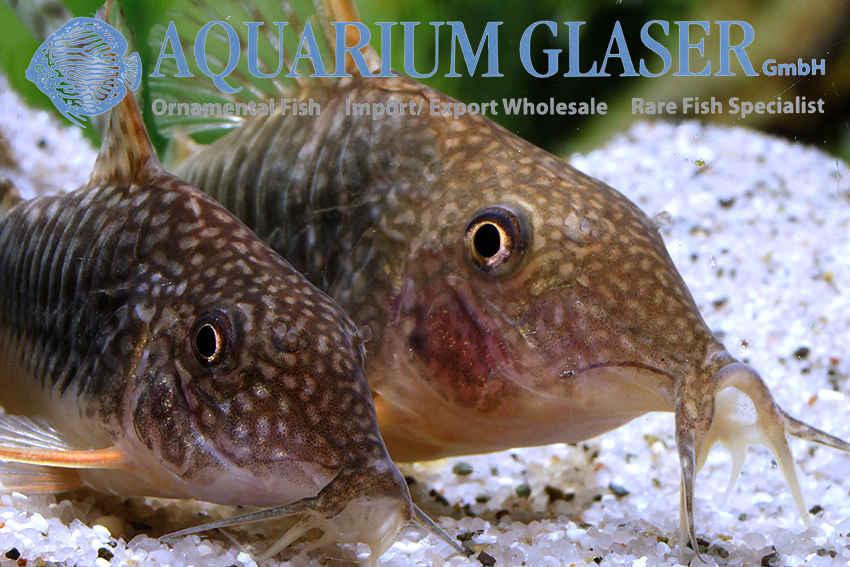
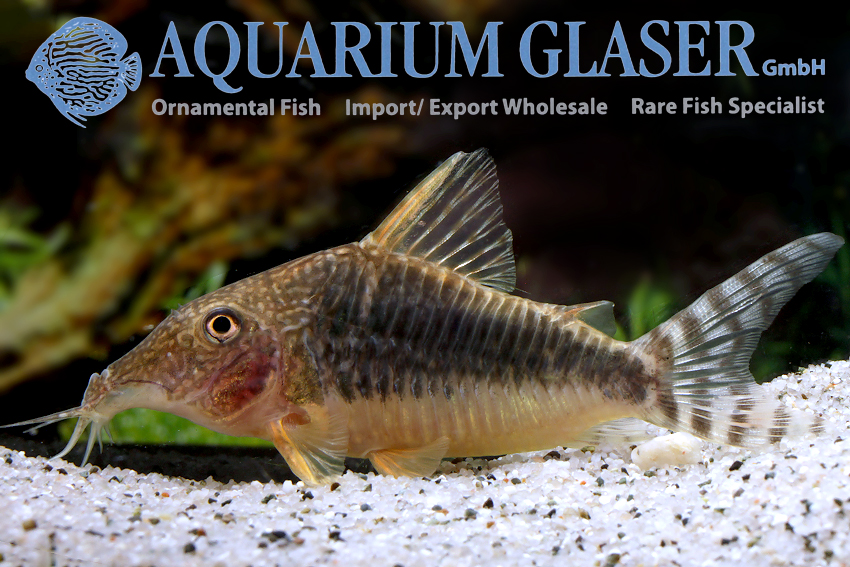
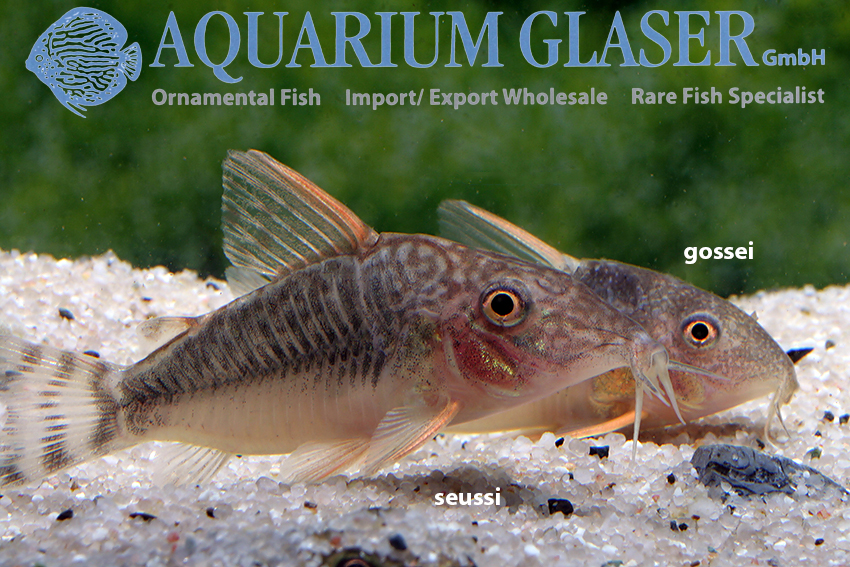
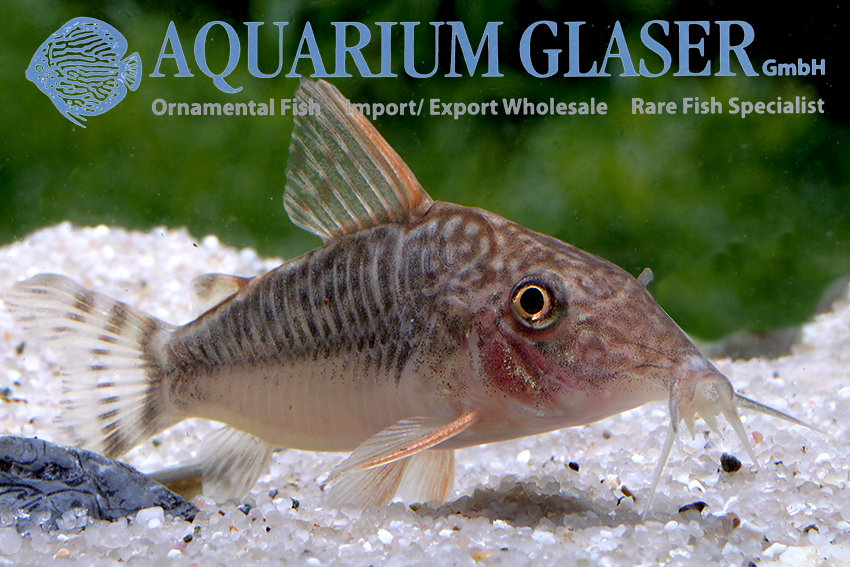
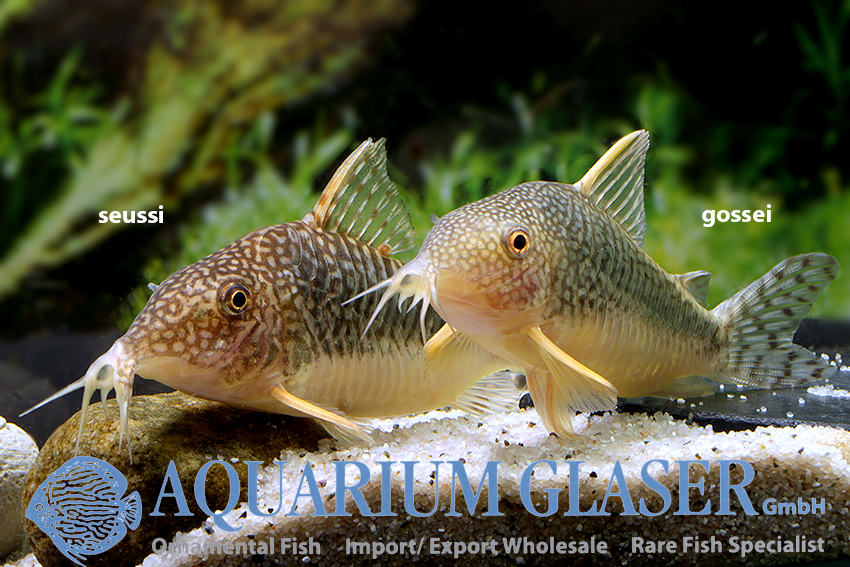
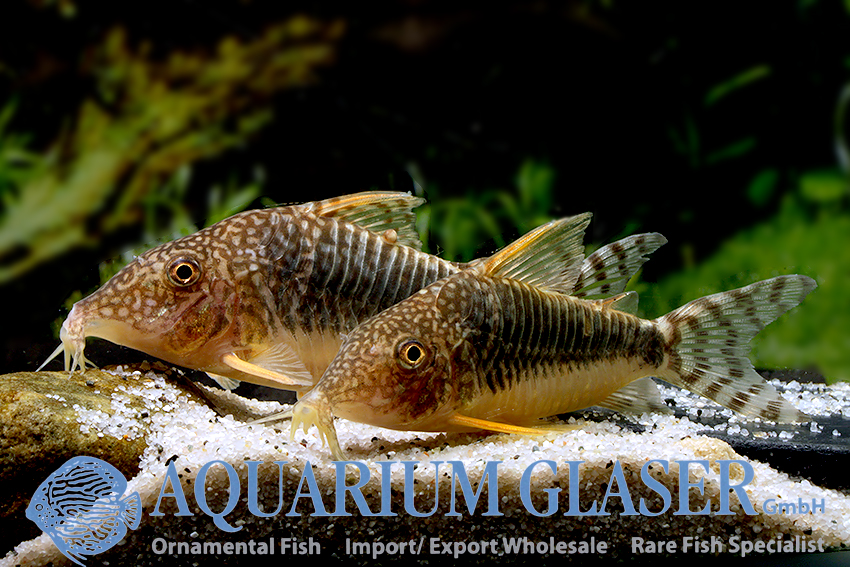
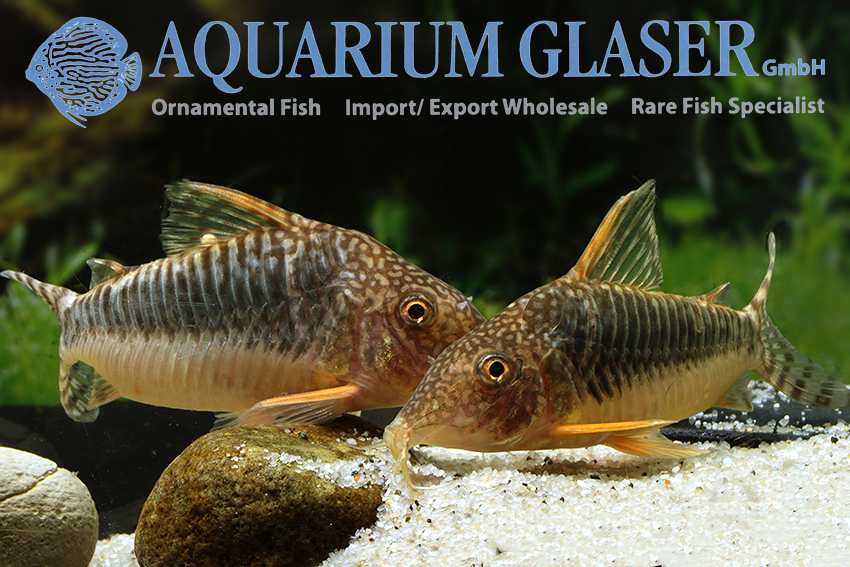
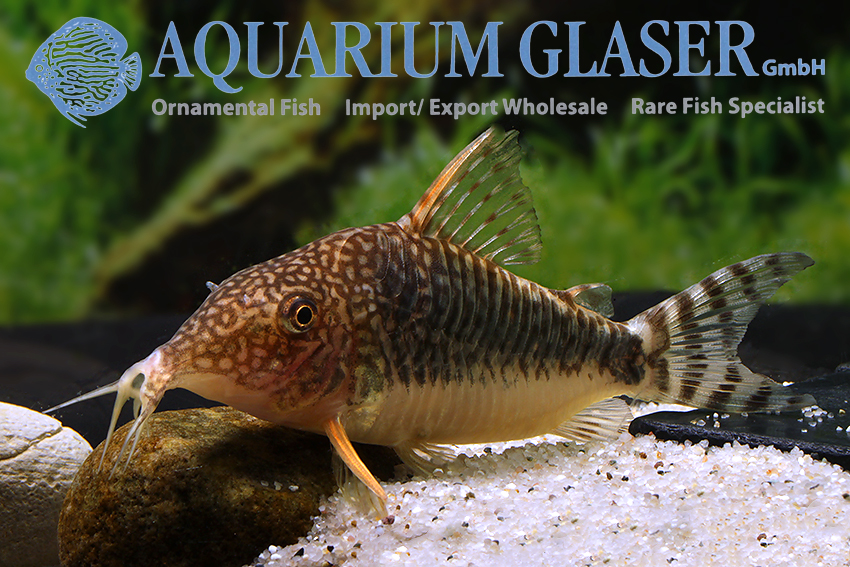
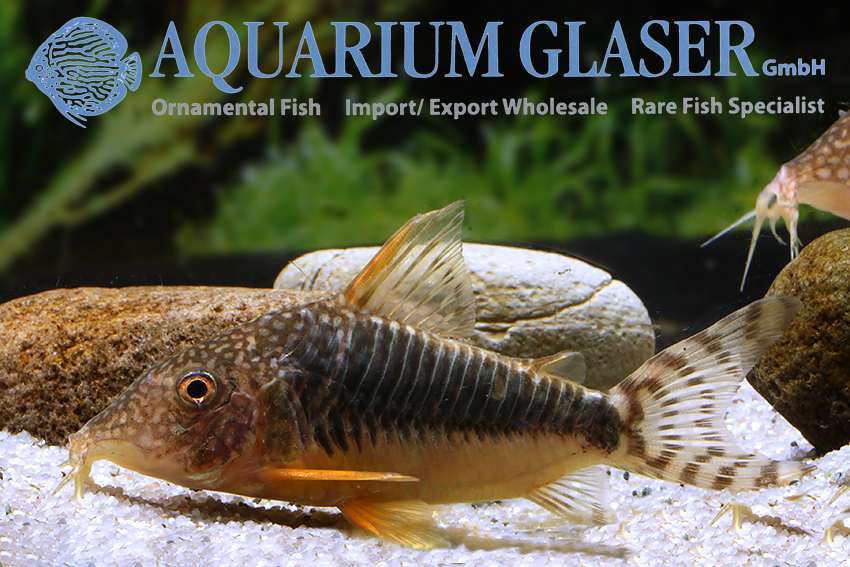
All four species, including Corydoras seussi, originate from the Rio Marmoré basin in Brazil and Bolivia. Care and breeding do not present any insurmountable difficulties, although only C. sterbai is so popular in the hobby that it has also been accepted in commercial breeding facilities. The other three species are rather delicacies for connoisseurs: C. seussi is comparatively the rarest species in the trade. However, all four species are currently on the market, which is a rare opportunity for biologically interested aquarists to study them comparatively in the aquarium. It is particularly exciting to keep short and long snouts together. In the wild, C. gossei and C. seussi occur at least occasionally in huge mixed shoals comprising many thousands of individuals.
Before its scientific description as Corydoras seussi (in honor of the Corydoras aquarist Werner Seuss), this species had the name C27. The chemical composition of the water is irrelevant for maintenance, but for breeding you should aim for black water values as in the natural habitat. These armored catfish are considered to be thermophilic (26-30°C), which also makes them ideal companions for Discus aquariums.
For our customers: C. seussi has code 230264 (lg) and 230265 (xlg) on our stocklist. Please note that we only supply the wholesale trade.
Text & photos: Frank Schäfer




